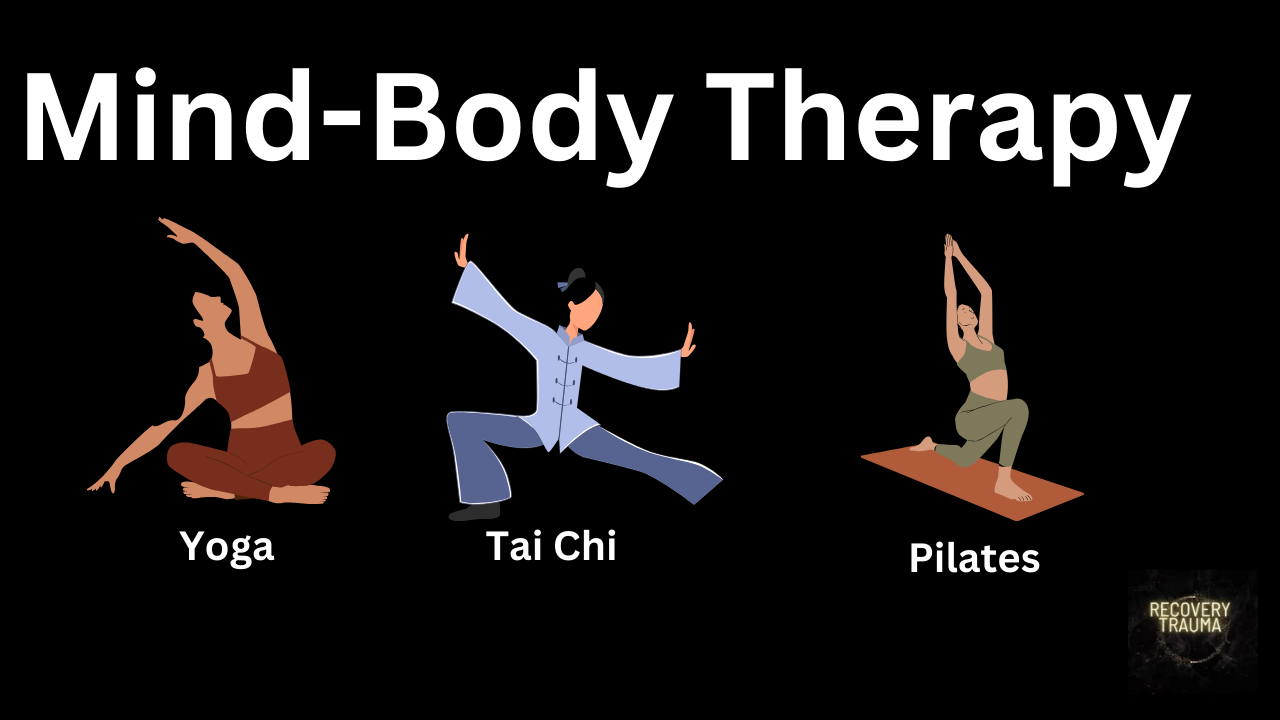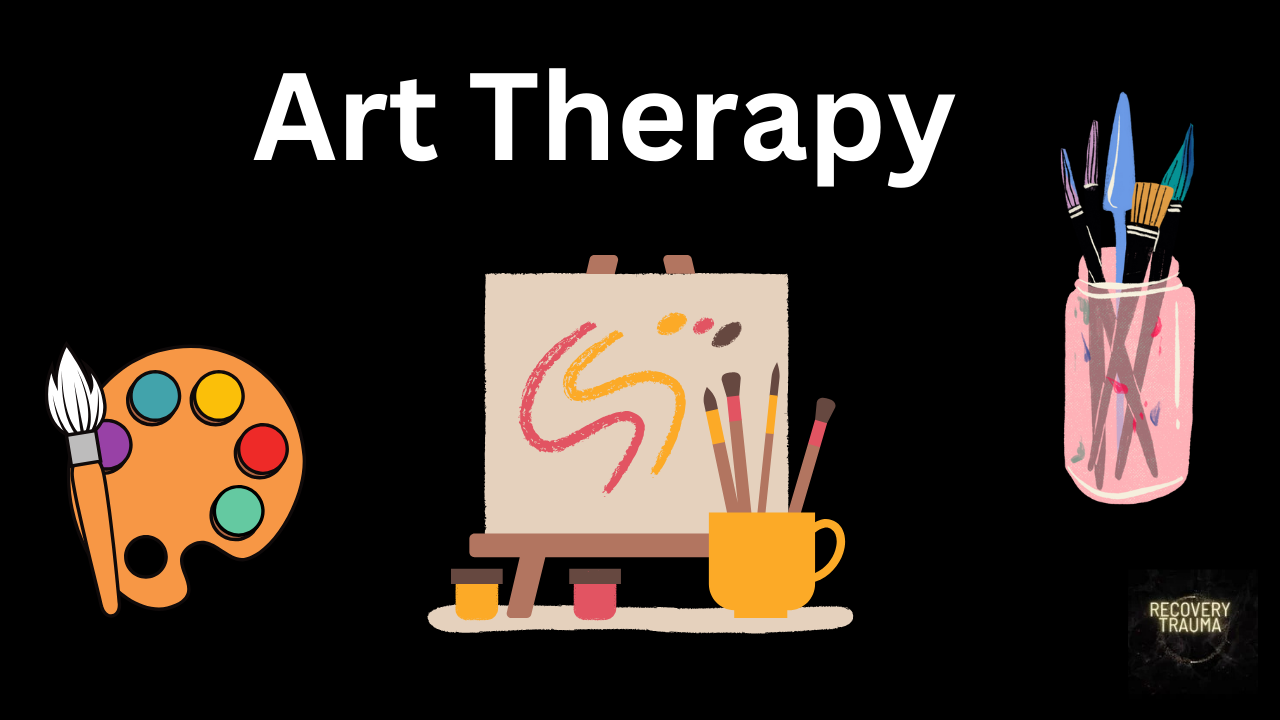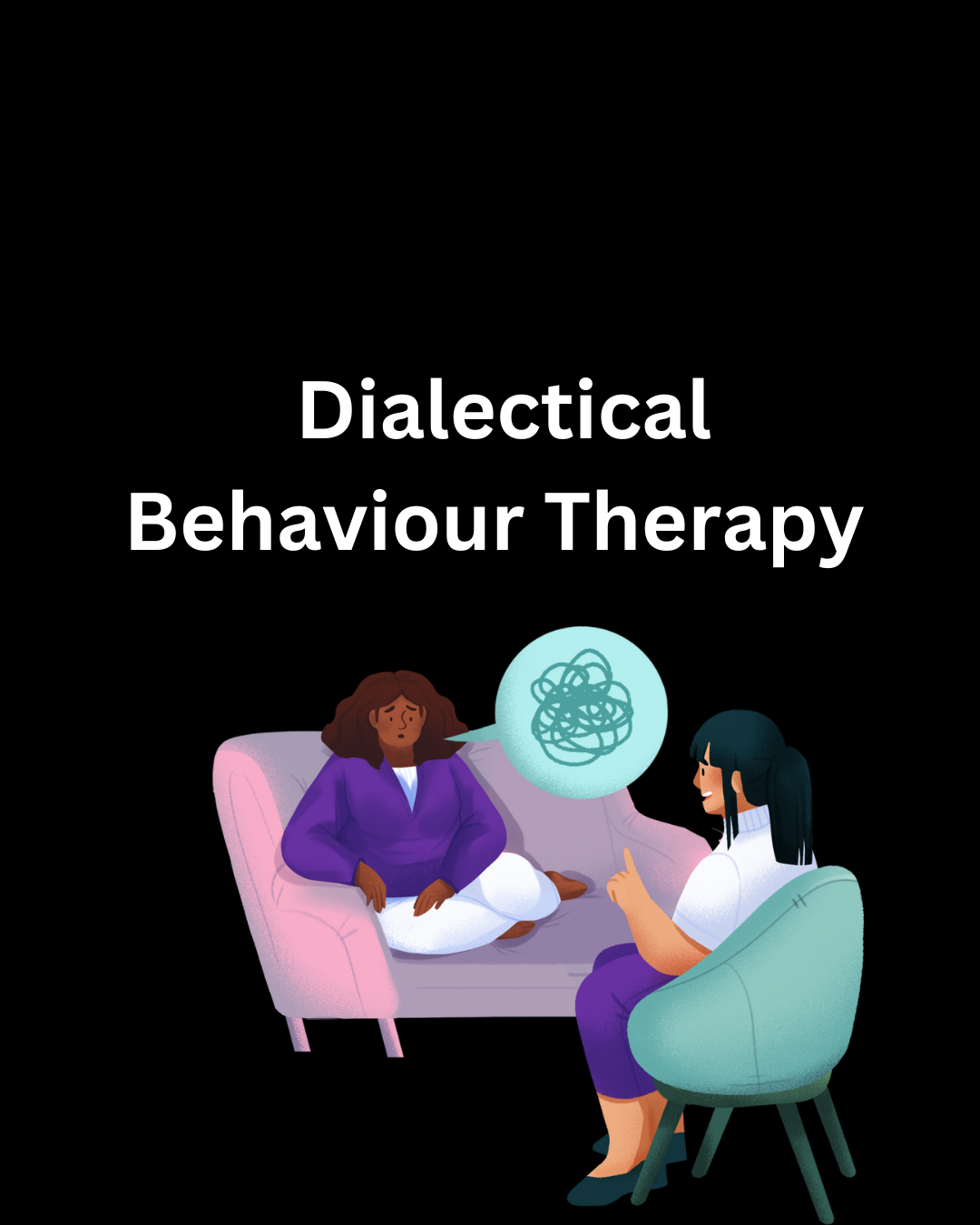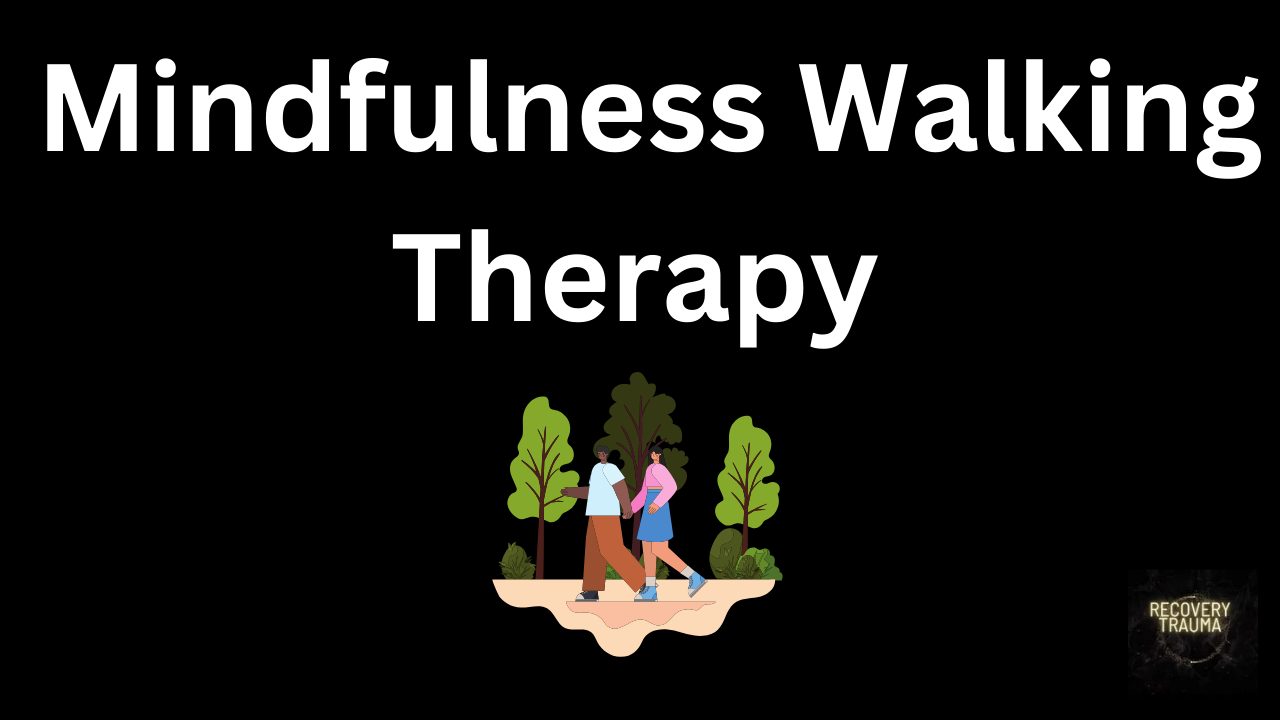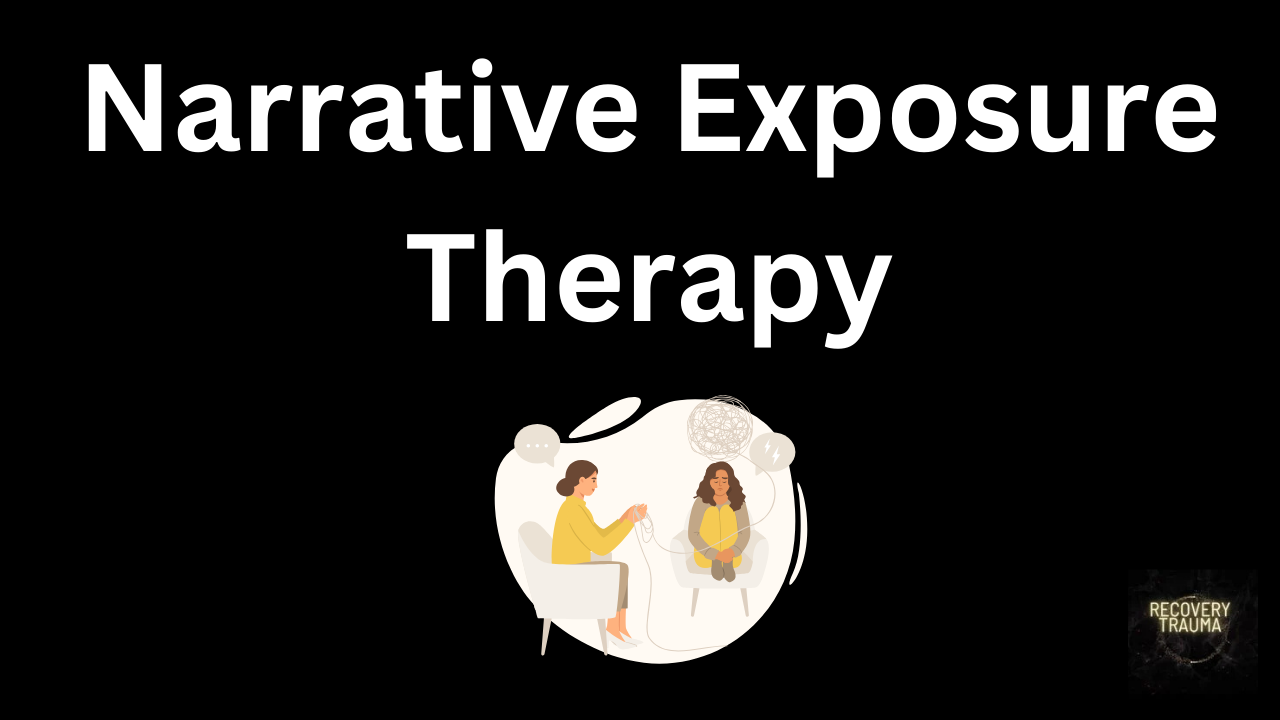Courses
These disciplines integrate physical movement with mental focus, fostering a harmony between body and mind that is often missing in more conventional forms of exercise. Yoga, with its roots in ancient India, combines physical postures, breathing techniques, and meditation to cultivate a deep sense of well-being and spiritual insight. Health Benefits of Integrating Yoga, Tai Chi, And Pilates Into Therapy Integrating yoga, tai chi, and pilates into therapy can offer a myriad of health benefits by combining elements of mindfulness, controlled movement, and breath awareness. These practices serve as complementary therapies that enhance physical, mental, and emotional well-being. The gentle movements and postures of yoga improve flexibility, balance, and strength while promoting relaxation and reduced stress levels. Yoga's focus on the breath aids in lowering blood pressure and calming the nervous system, contributing to overall mental clarity and focus. Tai chi, often described as "meditation in motion," is known for its fluid movements that encourage balance and stability. Practicing tai chi can lead to improved coordination and increased muscle strength, especially in the legs and core. It has been shown to be particularly beneficial for older adults in reducing the risk of falls and enhancing joint mobility. Additionally, the meditative aspects of tai chi foster a sense of peace and psychological resilience. Pilates emphasizes core strength, flexibility, and alignment through precise movements. It helps in improving posture and alleviating muscular imbalances, which is particularly effective for those with chronic back pain. The focus on breathing in pilates supports lung capacity and endurance. Collectively, these therapeutic modalities offer a holistic approach to health, addressing the body and mind to enhance overall quality of life. Practical Applications and Techniques For Therapists Yoga, tai chi, and Pilates offer unique therapeutic benefits and can be integrated effectively into therapeutic practices to address a range of physical and mental health issues. Therapists can utilize these disciplines to enhance flexibility, stability, and balance, promoting overall well-being in their clients. In yoga therapy, therapists can guide clients through poses that focus on stretching and strengthening muscles, which can be particularly beneficial for individuals recovering from injuries or suffering from chronic pain. Special attention to breathing techniques in yoga can also help reduce anxiety and improve mental clarity. Tai chi, with its gentle, flowing movements, serves as an excellent modality for stress reduction and improving joint mobility. It is particularly suitable for elderly clients or those with limited mobility, as its slow and controlled motions can help improve balance and prevent falls. In therapy, tai chi can be introduced to improve coordination and promote relaxation, encouraging clients to connect their mind and body. Pilates therapy emphasizes core strength and body awareness, crucial for improving posture and relieving muscle strain. Therapeutic Pilates can be adapted to suit individual needs, focusing on rehabilitative exercises for back pain and enhancing overall muscle tone. By incorporating these practices, therapists can offer holistic treatment plans that address both physical and emotional aspects of health, fostering a balanced and health-focused lifestyle in their clients. Choosing The Right Practice for Individual Needs When considering yoga, tai chi, and pilates therapy, understanding their unique benefits and aligning them with personal needs is crucial. Each practice offers distinct advantages, making them suitable for various physical and mental objectives. Yoga, with its ancient roots, is renowned for enhancing flexibility, mental clarity, and stress reduction. It incorporates breath control, meditation, and a blend of poses that can be tailored to different skill levels, making it especially beneficial for those seeking to improve their mindfulness and reduce anxiety. Tai chi, a martial art developed in ancient China, is often described as moving meditation. Its slow, deliberate movements and focus on balance cultivation make it particularly suitable for those looking to improve stability and reduce the risk of falls, especially among the elderly. Its low-impact nature ensures that it can be practiced safely across age groups, even for those with joint concerns. Pilates, developed in the early 20th century, emphasizes core strength, posture improvement, and overall body conditioning. Often recommended for individuals recovering from injuries, it helps in strengthening muscles without the strain associated with heavier exercises. Choosing between these practices depends largely on individual goals. For stress management and flexibility, yoga offers an excellent solution, while tai chi is ideal for enhancing balance and relaxation.
Mind-Body Therapy
Mind-body practices such as yoga, tai chi, and Pilates have garnered widespread attention for their holistic approach to health and wellness.
Show More Music Therapy
The power of music in mental health improvement is an area of growing interest, as research continues to uncover the profound effects music can have on emotional and psychological well-being.
Show More Art Therapy
Art therapy stands as a powerful healing modality for individuals experiencing trauma, offering a unique pathway to recovery that intertwines creativity with psychological healing.
Show More Soul Therapy
Meditation/Breathing, Aromatherapy, and Sound Healing. As individuals seek relief from the pressures of everyday life, mindfulness and meditation emerge as powerful allies in the quest for inner peace.
Show More Reprocessing Therapy (EMDR)
Eye Movement Desensitization and Reprocessing (EMDR) therapy is a psychological treatment method designed to alleviate distress associated with traumatic memories.
Show More Cognitive Behavioural Therapy
Cognitive Behavioural Therapy (CBT) is a psychotherapeutic approach designed to assist individuals in identifying and challenging negative thought patterns and behaviors, and in developing effective coping strategies.
Show More Dialectical Behaviour Therapy
Dialectical Behaviour Therapy (DBT) has been adapted for a variety of mental health conditions, including depression, anxiety, and substance use disorders. DBT is rooted in cognitive-behavioural principles and combines them mindfulness practices.
Show More Inner child Therapy
Inner child therapy is a deeply transformative approach that seeks to address emotional wounds and unmet needs from childhood that continue to influence an individual’s present life.
Show More Mindfulness Walking Therapy
Mindfulness Walking Therapy is an innovative therapeutic approach that combines the principles of mindfulness with the physical activity of walking, providing a holistic method to improve mental well-being.
Show More Prolonged Exposure (PE)
Prolonged Exposure Therapy (PE) is a therapeutic intervention primarily designed to help individuals suffering from post-traumatic stress disorder (PTSD).
Show More Narrative Exposure Therapy
Narrative Exposure Therapy (NET) is a specialized therapeutic approach designed to assist individuals who have experienced complex trauma, often associated with continuous exposure to war, violence, or human rights violations.
Show More 
